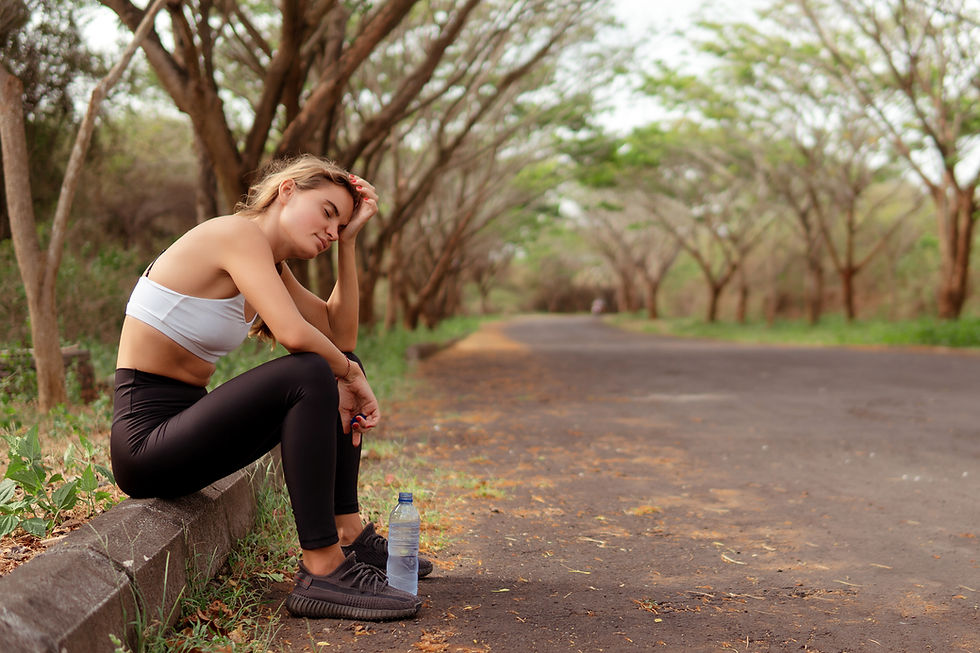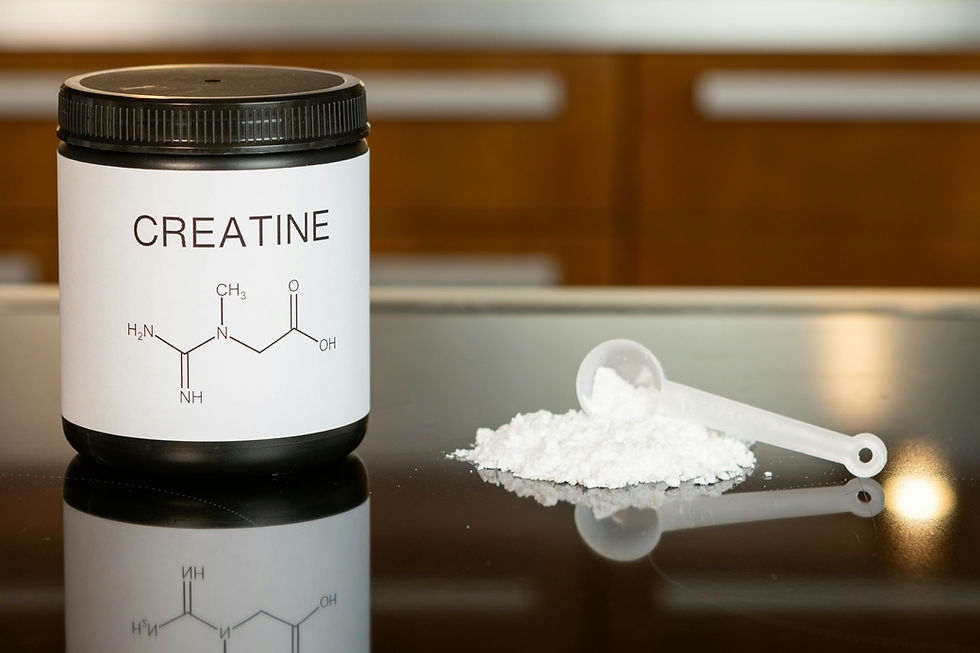Mount Fuji: a brutal race, but Japan: a wonderful place!
- Amanda Heading
- May 18
- 5 min read
Updated: May 19

This was the first race I’ve entered since 2022, where I was intent on competing, not simply completing it. The background is that I had such an awful time during the Seville marathon, due to injury and therefore lack of fitness, that I swore I’d never target another race unless I was able to do justice to myself. This didn’t necessarily mean a competitive time or a competitive placing, just being able to run as well as possible and enjoy the race, rather than limp along, watching others pass me and wishing I was somewhere else.
That certainly wasn’t the case with Mount Fuji.
I’d taken time to rehabilitate a two-year hamstring injury, working with a personal trainer to build both my fitness and my confidence back up again until I felt ready to train with intent. I had the endurance in my legs and patience in my head from years of ultra-distance, mountain running - but I needed to get quicker. I wanted to feel that I could, eventually, race again. Following a bespoke training plan, most of my training sessions were relatively short but tough in terms of fast efforts with short recovery, or longer sustained, faster-paced running than I was normally comfortable with. However, the training paid off and I was able to secure the racing points needed to enter the Mount Fuji 70k race, with +/- 3,000 metres (9,843 feet) of ascent/descent.

I have run and raced in many places of the world, but I have never had to descend so steeply for so long. These Mount Fuji descents were brutal, with rocks and tree routes making it an accident waiting to happen. And because there was only 5 hours of daylight, much of the race was run in the dark. Luckily, it was cool and dry, but I decided to compromise my ‘race strategy’, in order to avoids falls, get round in one piece and with no injuries, which meant I was more likely to enjoy the race. Ropes were in place for the more technical descents (thank goodness for my gloves which helped avoid rope burn!) and whilst I felt fine on the steep ascents, I wasn’t aware that I’d have to clamber up and over steep rock, helped by more fixed rope to haul myself up.
I finished just after 3am, 13 hours and 43 minutes after I started: tired but in good cheer and with no injuries, blisters or aches and pains. In fact, after a hot bath, a cup of tea and an hour’s sleep, I managed to eat a bit and get out sightseeing for the rest of the day. After all, I was on holiday too and wanted to explore!

There were no results up on the race website for nearly a week, and I wasn’t given any info at the time of finishing the race. We worked out that I’d come 38th out of 288 female runners – I felt that was decent enough: 37 runners in front and 250 behind me. I’d got the job done, run pretty well, enjoyed it and didn’t have any injuries. Moreover, Mount Fuji showed us her full glory every day we were there. However, it turns out I should have been at the award ceremony to receive my trophy for coming 3rd in the ‘Masters’ 50-60 age category. Not bad, given I’m at the latter end of the range. And a trophy may be good for the ego, but exploring Japan was far better for the soul!

And, the rest of Japan? It was magical. From the calming gardens of Tokyo, the peace of the Fuji Five Lakes area, to traditional Kyoto, sombre Hiroshima, verdant island of Miyajima and the hectic noise of Osaka, it was varied, exciting and uplifting.
I wasn’t expecting to enjoy the food as much, but given my willingness to try everything, it was enlightening – raw sashimi, wholesome ramen, teriyaki, wagyu beef, sushi, tempura vegetables, grilled oysters and even conger eel, all with delicate flavourings and sauces, finished off with some sake and a karaoke session! It was interesting to hear that food allergies, intolerances and sensitivities are rare in Japan - likely because they tend to eat all foods. When I asked our guides if they ate meat, both gave me a quizzical look: they eat everything offered, as they’re grateful and thankful for the food itself. They just don’t eat it in large quantities, and a lot of it is prepared from scratch. Yes, there is ultra-processed food available, but it’s not the mainstay of their diet.
And rather than mixing my fish/meat/vegetables from all the little dishes into my rice bowl, I was quietly instructed that the Japanese eat from one bowl at a time, focussing on, and appreciating the colour, taste and texture of, one food at a time. This is something I try to explain to my nutrition clients: it’s not just what is eaten, but how it’s eaten that can affect good health. Whilst the Japanese have the same age-related diseases of the West, they tend to develop them much later. Their quality of life seems to extend far into old age, with very little obesity and an agility in movement I envied.

I found the respect extended to others, particularly in shared spaces such as the street, trains and restaurants, incredibly civilised. No litter despite the absence of waste bins, phones on silent on public transport and quiet behaviour in restaurants. We talk about our modern-day mindfulness, but the Japanese have been doing it for decades, with the ethics of Shinto (gratitude, being in the present, the power of nature, living with purpose, doing actions with intent) running through most aspects of Japanese culture. Whilst I appreciate I was seeing everything as a tourist, it seemed very different to our fast commercialism, where in the West, the end result seems more important, rather than enjoying or learning from the process.

I certainly enjoyed the process of preparing for the race, the adventure and sense of achievement in completing it as I wanted, as well as exploring the areas visited and learning about the culture and history of Japan. I apologise to those who wanted updates on social media – I was so immersed in every moment, it never crossed my mind to do so.
Go to Japan if you can – it’s a place like no other. And no, you don’t have to run up Mount Fuji…




